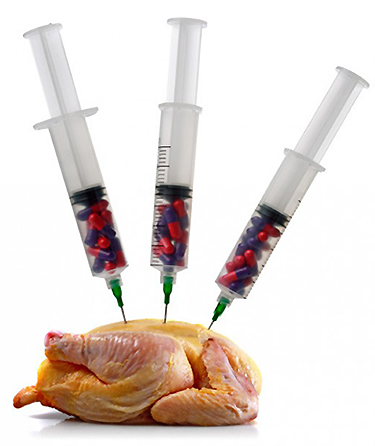Are you interested in applying to THINK Global School but aren’t quite sure if it’s right for you? That’s OK! It’s a decision that shouldn’t be taken lightly. To help you in your application process, we’ve put together a list of five things we feel every applicant to THINK Global School should know. We hope you find them helpful. 1) You’ll gain an education by living and learning in the...
Read More
While enrolled at THINK Global School, students are encouraged to be creative during the course of their studies and travels. When the students document these thoughts, we are often delighted with the results. In her essay, “Costly and cancerous,” which was written for Tessa Siebrit’s 10th grade science class, Sydney M. sheds a light on how toxic our genetically modified foods have become, and offers her solutions on how we as individuals can remedy the problem.
Most of the time, no, we do not know what we are eating. The chemicals added and the genetic changes made are endless, even when it comes to foods as simple as an apple. However, the drive to know what is really in our foods is dropping, and people are becoming more accepting of these changes. But I can’t help but question why this is. Is it because we, as a society, do not care, or are we simply unaware of the changes being made to our plates? The second argument may just be the case at hand.

Manufacturers are not telling us what they are doing to our foods, and they want to keep it that way. They would not want their customers to know about their “arsenic-laced chicken” or their “flame-retardant drinks,” would they? Perhaps these companies need to start listing ALL the ingredients, or at least put a warning label on the container.
The additives in our foods can potentially cause cancers and diseases, but unfortunately we cannot pinpoint this idea for sure. However, scientists are positive this “stuff” added to our foods will have a negative affect on our bodies in the long run. We will become used to these chemicals and in some cases addicted to the taste; therefore, consuming even more of these deadly substances. Our organs are slowly paying the price for companies to cut the cost of production, and I think we should start to worry before it gets too late.
If we continue to ignore these fatal ingredients, we won’t be able to put up a fight later down the road when the effects of these chemicals start to hit us even harder. Unfortunately, it is extremely difficult to avoid some of these foods, unless they are banned due to the lack of communication between the manufacturers and the customer. One way we can avoid the additives is to find out exactly where your food is coming from, or to grow it yourself. Buying local has been a promoted idea for years now, and with all the chemicals in other foods, it makes the idea of going to the farmer’s market even more appealing. If you have access to a yard or another open space, growing vegetables or fruits yourself is easy, healthy, inexpensive, and, well, not infused with “stuff.” Basically, we need to be conscious about what we are putting into our bodies and make decisions that will promote healthy lifestyles.